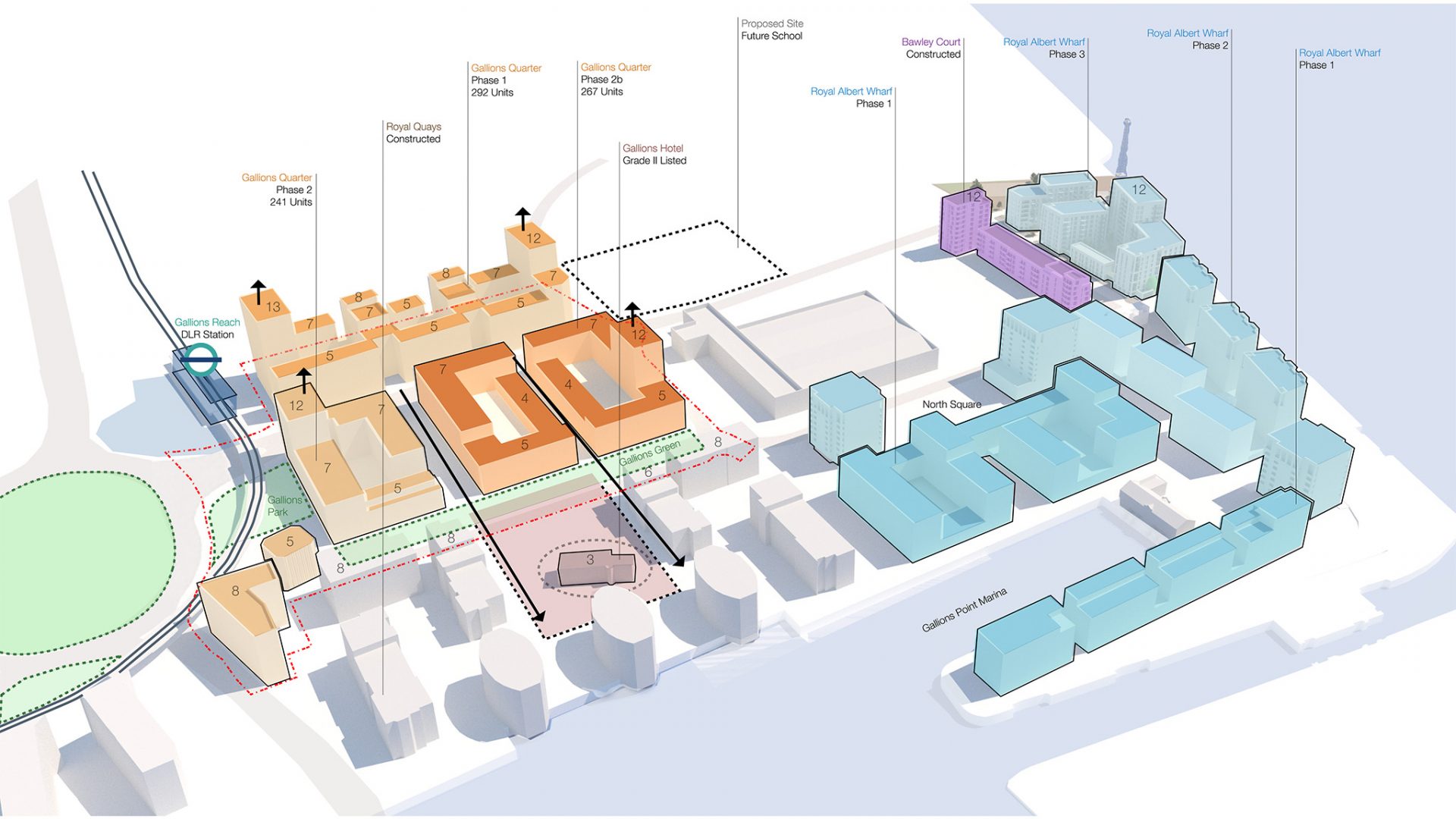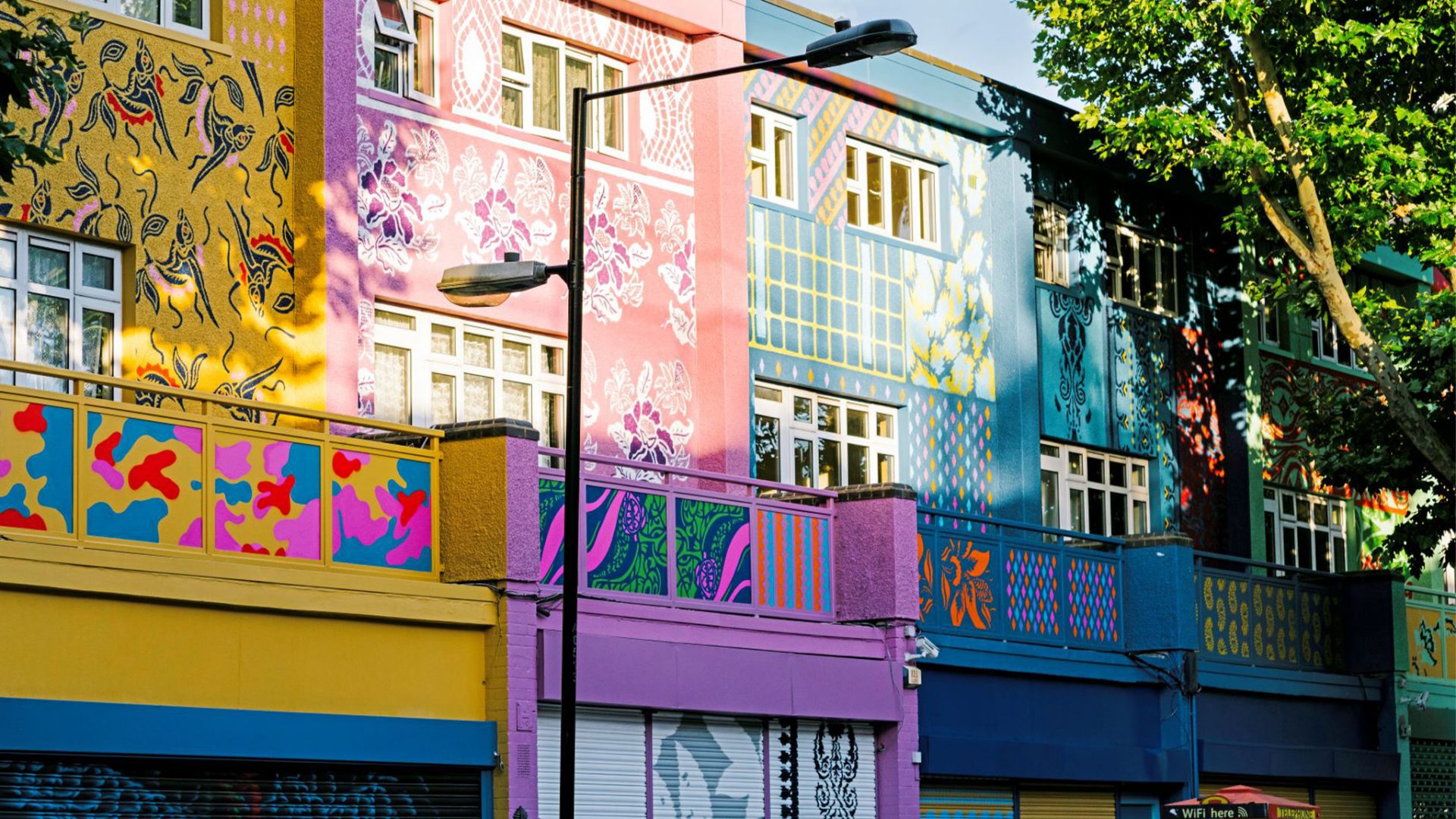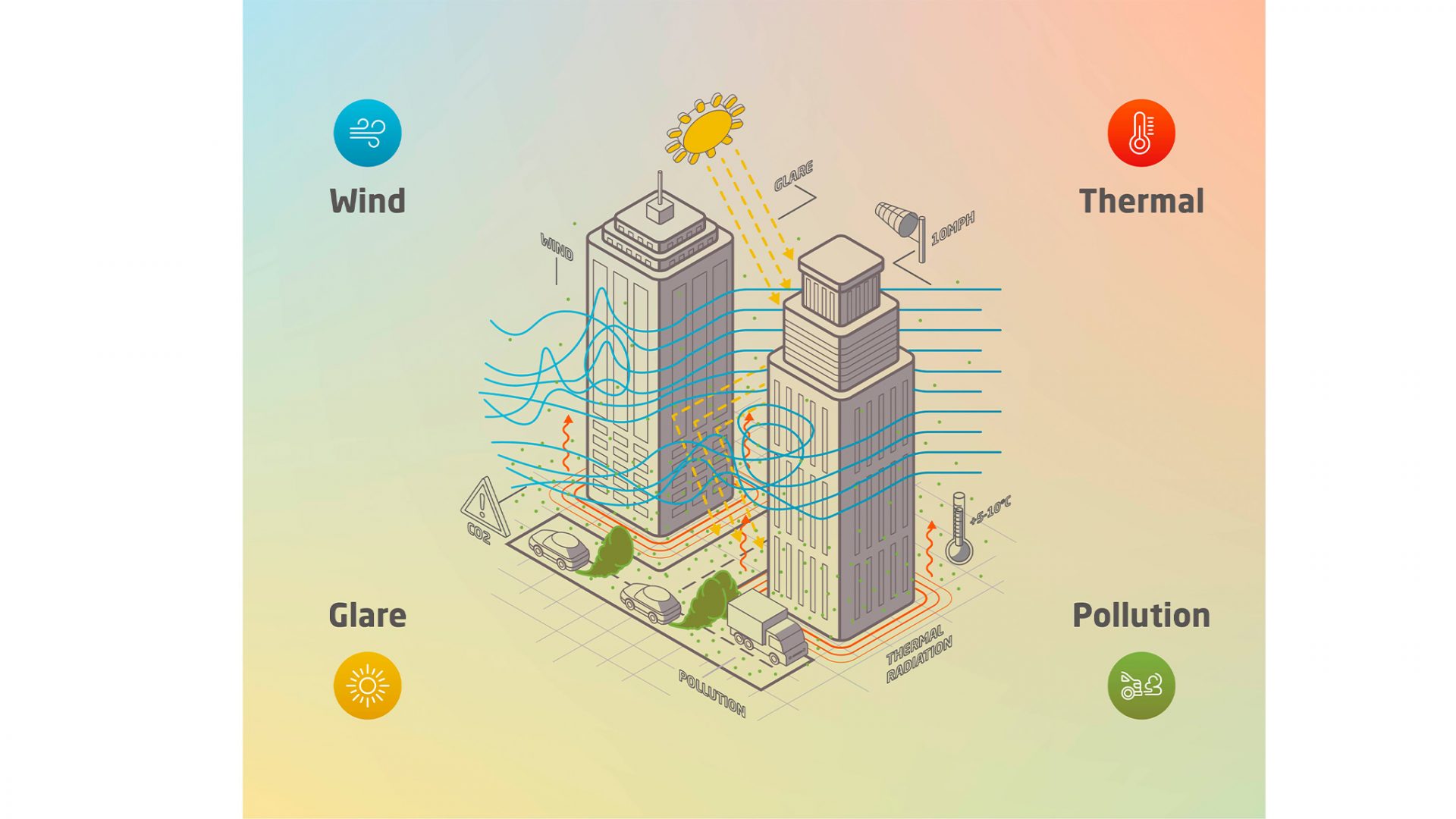
This year’s London Festival of Architecture programme raises a host of questions surrounding the identity of our capital and of London’s status as a global city of culture. How do we read a city? What does a post-industrial city look like? Who uses it, and what for?
The identity of our public space shapes the way we live and work, and in turn is one of the most influential factors in affecting areas as diverse as architecture, art, economics and politics. Earlier this year, London Major Sadiq Khan published the Culture Strategy, a new report which aims to reconsider how we harness and implement a creative identity for London. It provides a roadmap into creating a ‘cultural infrastructure’, helping boroughs better plan for culture and to nurture the development of grassroots and community projects throughout the city. Creativity means big business, but how can we place it at the heart of our city’s identity?
LFA’s programme provides a platform to collectively rethink and understand how our city moves and to question London’s architectural identity. I’ll be attending a range of events and activities to explore the current areas of debate throughout the city.
This year WilkinsonEyre is an LFA Patron; I’m looking forward to representing the practice at The Great Architectural Bake Off… stay tuned to see what our team cooks up! Later in the month I’ll be attending Living above the Shop, a talk exploring the changing nature of the urban typology, considering the architecture of cultural space at Art Galleries in Reclaimed or Listed Buildings and questioning the global landscape of London at Why Design in the 21st Century. Finally, I’m looking forward to sharing my thoughts on London’s Thames: The River that Shaped a City, an architectural river boat tour where WilkinsonEyre director, Sebastien Ricard will join the panel to discuss our work on the refurbishment of Battersea Power Station and its connection to the river.






